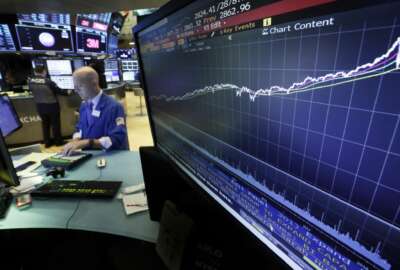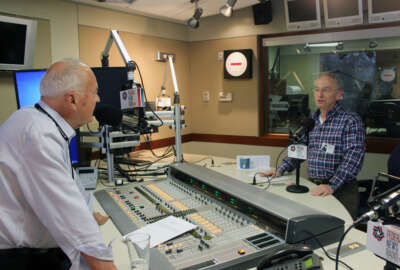
Bull market birthday: Who blows out the candles?
The C Fund of the Thrift Savings Plan tracks the U.S. stock market's 500 largest publicly traded funds. The S Fund tracks the remaining 4,500 so-called small caps,...
 Whether you celebrated the stock market’s longest bull market on Aug. 22, or you think it started later than that, most people agree that things are looking great — on paper. And while paper gains are more fun than paper losses, they are just that, until you need the money and cash out.
Whether you celebrated the stock market’s longest bull market on Aug. 22, or you think it started later than that, most people agree that things are looking great — on paper. And while paper gains are more fun than paper losses, they are just that, until you need the money and cash out.
The C Fund of the Thrift Savings Plan tracks the U.S. stock market’s 500 largest publicly traded funds. The S Fund tracks the remaining 4,500 so-called small caps, although many are far from small.
Most TSP investors are in it for the long haul. For the majority of workers, who are under the FERS program, the TSP could, and should supply anywhere from 30 percent to nearly 50 percent of their income in retirement. That’s in addition to whatever they get in the form of a diet-cost of living adjustment federal annuity and Social Security which is fully-indexed to inflation.
Most current retirees are under the CSRS program, which provides a more generous government annuity that is fully indexed to inflation. Many of them do not get Social Security. Tom O’Rourke, a Washington area estate and tax attorney, said the CSRS annuity for many retirees is the equivalent of a guaranteed $1 million to $2 million CD.
But whether you are under CSRS or FERS, investing in the TSP is important. As is getting the generous government match of 5 percent, which is available to FERS investors. And seeing the market go up is more fun than seeing it head the other way. But most experts encourage investors to take the long view and not track (or at least act on) the daily ups and downs of the U.S. stock market. How come?
On Aug. 16, the Wilshire 5000 total market index, which tracks the stock market, confirmed the statistics saying the market was up 240.98 points, or 0.82 percent. That represented a gain, on paper, of $275 billion for the day. Great news! But then again, on Thursday the same index closed at 29,830.98. To save you doing the math. that translates into a loss of 58.81 points and that in turn translates into a loss, again on paper, of approximately $75 billion. On that date the Wilshire index fell for the first time in the past six trading days. Terrible news!
Then again, as of Thursday the index was up 1.83 percent or about $600 billion for the month. Fantastic, right? And for the year it was up $2.3 trillion, which is so far, so good.
Investors who bailed out of the free-falling stock market missed out on the slow-but-steady-then-spectacular market comeback. They didn’t benefit as the C and S funds generated major gains.
From the low point of the Great Recession on March 9, 2009, the index rose 334.95 percent which translates to a $27.6 trillion comeback. That’s a major plus if you stuck with the stock funds and continued to buy them during bad times as well as good.
Bottom line: The market can look great or terrible depending on when you check it. While past performance is no guarantee of anything, even during bear markets the trend has generally been upward — provided you have the patience.
Nearly Useless Factoid
By Amelia Brust
The record for the world’s largest flour taco goes to the city of Mexicali and Cocinex SA de CV in Mexico, which in 2003 created a 750-kilogram (1,654-pound) taco. It measured 35.9 feet long, 33.8 inches wide and took eight grills to and 80 people to make over the course of six hours. It was a steak and onion taco.
Source: Guinness World Records
Copyright © 2025 Federal News Network. All rights reserved. This website is not intended for users located within the European Economic Area.
Mike Causey is senior correspondent for Federal News Network and writes his daily Federal Report column on federal employees’ pay, benefits and retirement.
Follow @mcauseyWFED




